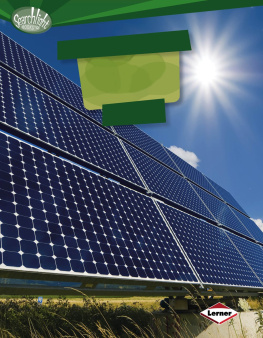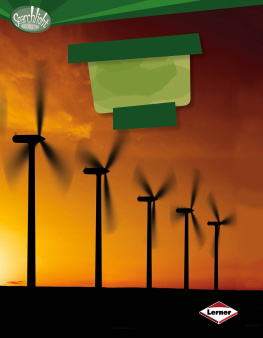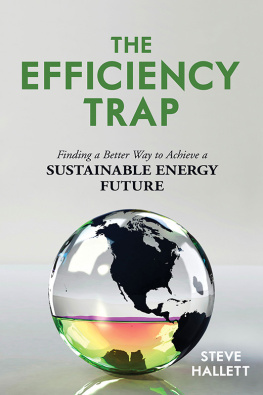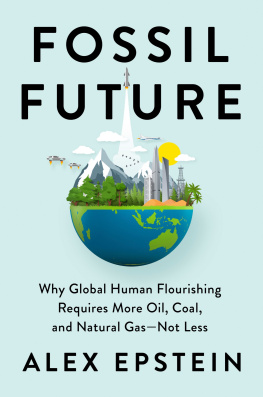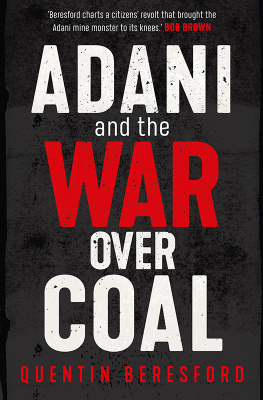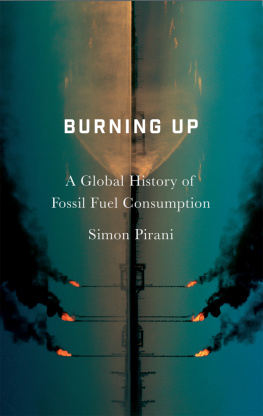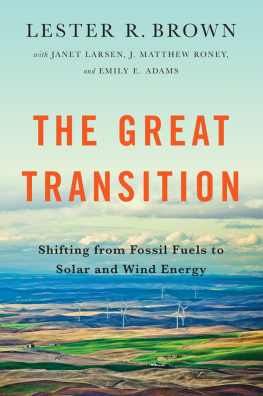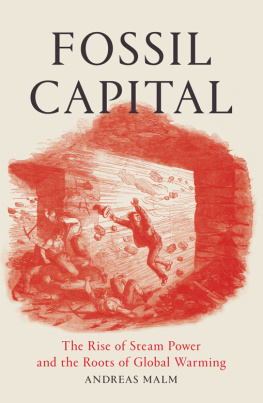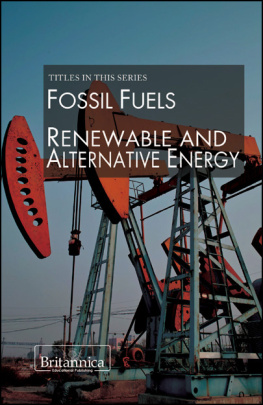Finding Out about
Coal, Oil, and
Natural Gas
Matt Doeden
Copyright 2015 by Lerner Publishing Group, Inc.
All rights reserved. International copyright secured. No part of this book may be
reproduced, stored in a retrieval system, or transmitted in any form or by any means
electronic, mechanical, photocopying, recording, or otherwisewithout the prior written
permission of Lerner Publishing Group, Inc., except for the inclusion of brief quotations in
an acknowledged review.
Lerner Publications Company
A division of Lerner Publishing Group, Inc.
241 First Avenue North
Minneapolis, MN 55401 USA
For reading levels and more information, look up this title at www.lernerbooks.com.
Library of Congress Cataloging-in-Publication Data
Doeden, Matt.
Finding out about coal, oil, and natural gas / by Matt Doeden.
pages cm (Searchlight books. What are energy sources?)
Includes index.
ISBN 9781467736541 (lib. bdg. : alk. paper)
ISBN 9781467746373 (eBook)
1. CoalJuvenile literature. 2. PetroleumJuvenile literature. 3. Natural gas
Juvenile literature. 4. Fossil fuelsJuvenile literature. I. Title.
TP325.D595 2015
553.2dc23
2013041698
Manufactured in the United States of America
1 BP 7/15/14
Contents
COAL, OIL,
AND NATURAL
GAS
TURNING FUEL
INTO ENERGY
THE PROS AND CONS
OF FOSSIL FUELS
Chapter
COAL, OIL, AND
NATURAL GAS
Flip on a light
switch. Ride in a
car or a truck. Take
a trip on a train. Or
just turn up the heat
in your home. What do
all these activities have
in common? They require
energy.
Riding in a car requires
energy. What is
another activity that
requires energy?
But where does the energy come from? Odds are
that it comes from coal, oil, or natural gas. These three
fossil fuels have provided the world with most of its
energy for hundreds of years.
Train cars such as these
carry coal to power plants.
Alternatives to fossil fuels include wind energy.
The machines below, called wind turbines,
turn energy from wind into electricity.
Alternative energy sources are on the rise. These
include solar and wind power. But fossil fuels remain the
backbone of the worlds energy supply.
What Is a Fossil Fuel?
Most fossil fuels formed around million years ago.
This was during a time called the Carboniferous Period.
Earth was rich with life at the time. As plants and
animals died, many sank beneath swamps or oceans.
Eventually they formed a spongy material called peat.
Peat forms when trees and other living
things die and break down in wetlands.
The peat pictured here is just
like the peat that became fossil
fuels over millions of years.
Over millions of
years, sand, mud, and
rock settled on top of
the peat. As the peat
sunk lower, it came
across high pressures
and temperatures.
Depending on its
location, peat formed
from different types
of dead plants and
animals. It also encountered different pressures and
temperatures. Depending on these conditions, the peat
eventually formed coal ( a solid) , oil ( a liquid) , or natural gas.
Fossil fuels are made mostly of hydrocarbons.
Hydrocarbons are energy- rich compounds made of
hydrogen and carbon. When fossil fuels burn, the
hydrocarbon bonds break. This releases lots of energy.
We use this energy to power cars, heat our homes, and
make electricity.
The engine in this car burns
gasoline and turns it into the
energy the car needs to move.
Where Are Fossil Fuels Found?
Most fossil fuels are found underground. Theyre still
buried by all of that rock and dirt. Many deposits of oil
and natural gas sit beneath oceans. Or they are in places
where oceans once stood. Thats because oceans are
rich in small plants called algae. These tiny plants made
up most of the material that created oil and natural gas.
Oil and natural gas tend
to form under water.
The opposite is
true for coal. Most
coal formed under
solid ground rather
than under oceans.
Thats because
coal formed mostly
from dead trees
and plants. So
coal deposits are
found underneath
land where large,
swampy forests
once stood.
The remains of
swampy, forested land
helped form coal.
Chapter
TURNING FUEL
INTO ENERGY
Turning fossil fuels into
easily used energy is a
long process. Scientists
must first find the
deposits. The fuels must
be collected and refined.
Then theyre ready to be
burned for their energy.
A scientist searches for
coal deposits. What is the
next step to turn a fossil
fuel into usable energy?
Collecting Coal, Oil, and Natural Gas
Each fossil fuel is collected in a slightly different way.
Coal is usually mined using two main methods. They
are surface mining and underground mining.
Coal mining is hard and
dirty work.
Trucks collect coal at
a surface mine.
Surface mining is useful when coal is near the surface.
Miners dig holes and place explosives into them. The
explosives blow the rock and soil off the coal. Then
miners collect it.








